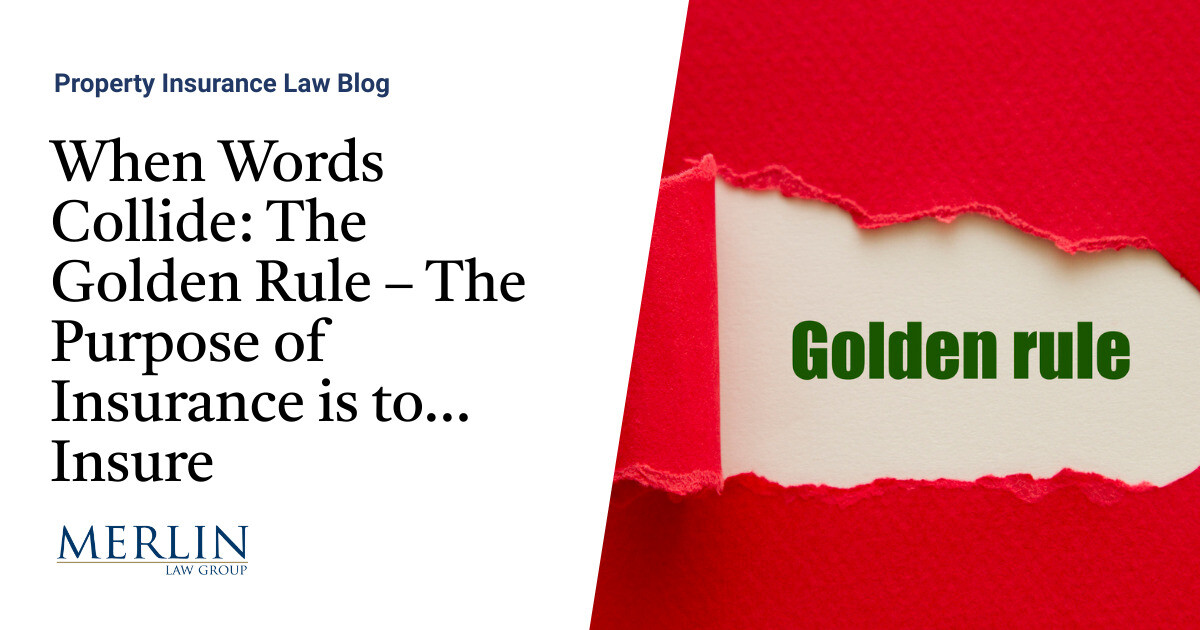The smart Trick of Pacific Prime That Nobody is Talking About
Table of ContentsThe Facts About Pacific Prime UncoveredThings about Pacific PrimeUnknown Facts About Pacific PrimePacific Prime Can Be Fun For EveryoneThings about Pacific Prime

This is since the information were collected for a duration of strong economic efficiency. Of the approximated 42 million people that were uninsured, all however concerning 420,000 (about 1 percent) were under 65 years old, the age at which most Americans end up being qualified for Medicare; 32 million were grownups between ages 18 and 65, about 19 percent of all grownups in this age team; and 10 million were children under 18 years of age, about 13.9 percent of all youngsters (Mills, 2000).
These price quotes of the number of persons without insurance are generated from the annual March Supplement to the Present Populace Study (CPS), conducted by the Census Bureau. Unless or else kept in mind, nationwide quotes of individuals without medical insurance and percentages of the population with various kinds of insurance coverage are based on the CPS, one of the most extensively utilized source of quotes of insurance coverage and uninsurance rates.
The Buzz on Pacific Prime

Still, the CPS is especially valuable because it produces annual estimates reasonably swiftly, reporting the previous year's insurance protection approximates each September, and due to the fact that it is the basis for a constant collection of quotes for greater than 20 years, enabling for analysis of trends in coverage with time. For these factors, along with the extensive use the CPS in other studies of insurance policy protection that are offered in this report, we rely upon CPS price quotes, with constraints kept in mind.

The price quote of the number of without insurance people expands when a populace's insurance coverage status is tracked for numerous years. Over a three-year period starting early in 1993, 72 million people, 29 percent of the united state population, were without coverage for at the very least one month. Within a solitary year (1994 ), 53 million people experienced a minimum of a month without coverage (Bennefield, 1998a)
Six out of every ten without insurance adults are themselves employed. Although functioning does improve the probability that a person and one's relative will certainly have insurance, it is not a warranty. Even participants of family members with two full-time breadwinner have nearly a one-in-ten chance of being without insurance (9.1 percent uninsured price) (Hoffman and Pohl, 2000).
A Biased View of Pacific Prime
New immigrants represent a substantial proportion of individuals without medical insurance. One analysis has actually connected a considerable section of the current growth in the size of the U.S. uninsured populace to immigrants who showed up in the nation in between 1994 and 1998 (Camarota and Edwards, 2000). Current immigrants (those who pertained to the United States within the past four years) do have a high price of being without insurance (46 percent), yet they and their kids make up simply 6 percent of those without insurance country wide (Holahan et al., 2001).
The connection in between health and wellness insurance policy and accessibility to care is well developed, as recorded later in this chapter. The partnership in between health and wellness insurance and health outcomes is neither straight neither basic, a considerable clinical and wellness solutions research study literature web links wellness insurance policy coverage to improved accessibility to care, much better high quality, and enhanced personal and populace health and wellness status.
Degrees my site of analysis for examining the results of uninsurance. It focuses specifically on those without any kind of health and wellness insurance for any type of size of time.
Unknown Facts About Pacific Prime
The troubles encountered by the underinsured are in some aspects similar to those encountered by the uninsured, although they are typically less extreme. Health and wellness insurance policy, however, is neither necessary neither enough to acquire accessibility to medical solutions. The independent and direct effect of wellness insurance protection on access to health and wellness services is well developed.
Others will obtain the healthcare they need also without health and wellness insurance, by spending for it out of pocket or seeking it from service providers who use care cost-free or at extremely subsidized rates. For still others, health and wellness insurance coverage alone does not make certain invoice of treatment as a result of other nonfinancial obstacles, such as an absence of wellness care suppliers in their neighborhood, minimal access to transport, illiteracy, or linguistic and social distinctions.
The Of Pacific Prime
Formal research study concerning without insurance populations in the United States dates to the late 1920s and very early 1930s when the Board on the Price of Medical Care produced a collection of reports about financing doctor workplace gos to and hospitalizations. This issue ended up being prominent as the varieties of clinically indigent climbed up during the Great Anxiety.